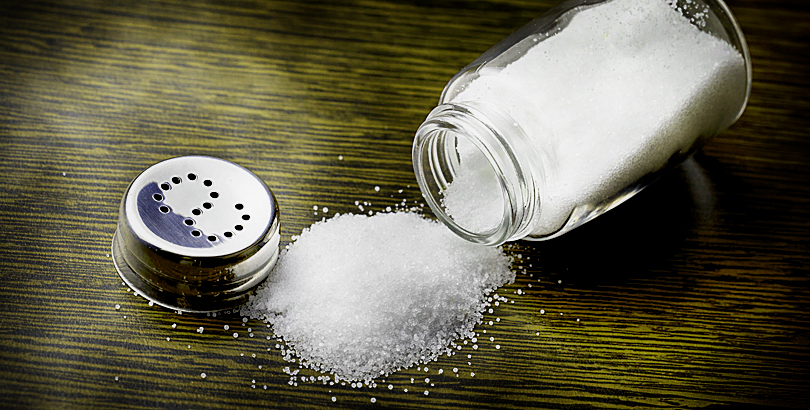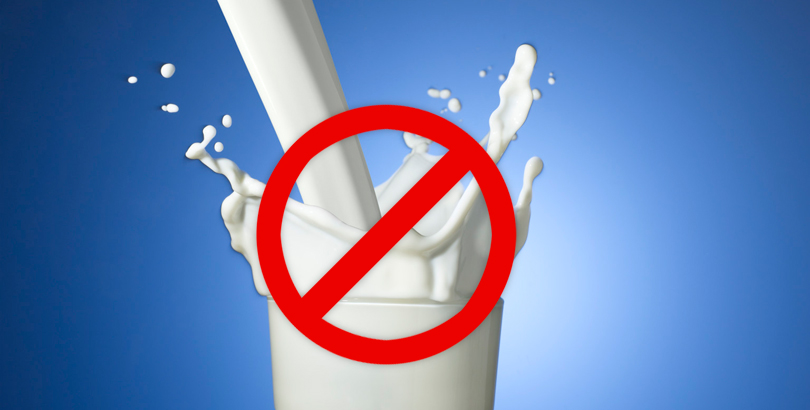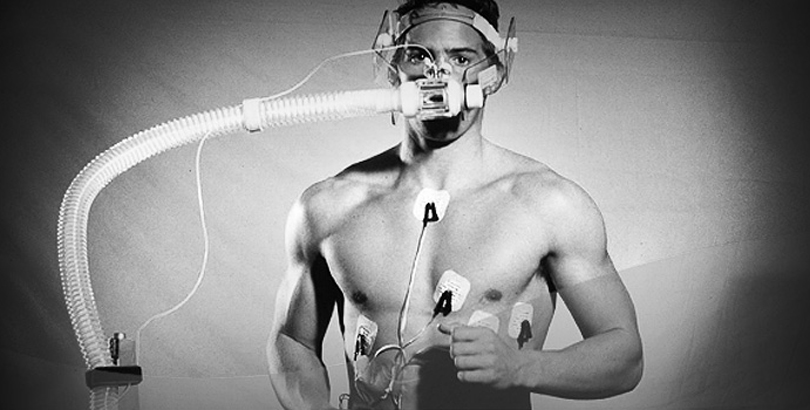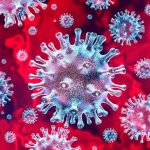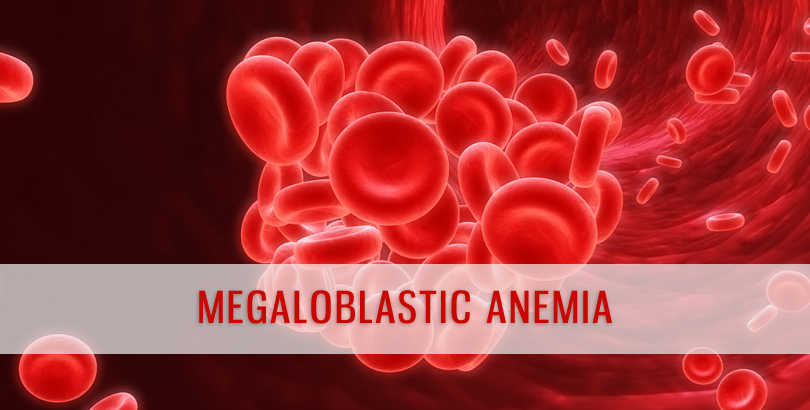The balance of water and electrolytes in the body is maintained within a narrow normal range, mainly by the kidneys, despite a wide variation in intake, metabolism and losses related to various stresses. Sodium is the main electrolyte in the extracellular compartment whereas Potassium is the main electrolyte in the intracellular compartment.
The normal range of Sodium in the serum is 135-145 mEq/Liter.
Disorders of Sodium can be divided into two types. When the level of sodium drops lower than normal, known as hyponatremia and higher than normal levels of sodium known as hypernatremia. We shall discuss both disorders briefly.
Hypernatremia:
Hypernatremia is serum Sodium level > 145 mEq/L. True hypernatremia is a disorder of water balance, not of sodium homeostasis, caused by a decrease in total body water relative to the electrolyte content.
Hypervolemic hypernatremia (with increased fluid volume) is caused by infusion of hyperosmotic fluids like hypertonic saline and sodium bicarbonate and disorders like Cushing’ s syndrome and hyperaldosteronism.
True hypernatremia:
Causes:
- Risk factors like advancing age, mental and physical impairment
- Uncontrolled diabetes
- Diuretic treatment
- Prolonged hospitalization
- Diabetes Insipidus (Central or nephrogenic)
Central Diabetes Insipidus is due to head injuries, intracranial tumors, aneurysm, inflammation such as histiocytosis etc.
Nephrogenic diabetes insipidus due to genetic disorders, obstructive uropathy, tubulointerstitial disease, analgesic nephropathy etc.
Signs And Symptoms Of Hypernatremia:
- Clinical signs of dehydration such as tachycardia, orthostatic hypotension etc
- Neurological signs due to cell shrinkage such as cognitive dysfunction, lethargy , confusion, myoclonic jerks, seizures.
Diagnosis:
*Routine blood investigations:
- Serum electrolytes, Urea , Creatinine, Blood glucose levels, plasma osmolality
- Urine osmolality, Urine electrolytes, 24 hour urine volume.
- Plama AVP levels if Diabetes insipidus is suspected
Imaging studies: MRI brain/CT brain
Management:
*Acute symptomatic hypernatremia of duration less than 48 hours needs rapid correction.
*Chronic hypernatremia is corrected slowly to prevent injury to brain by swelling.
*Fluid correction is done after estimation of total body water.
*During correction, serum and urine electrolytes are tested every 2-3 hours.
*Diet: A low sodium diet with increased water intake is advised.
Hyponatremia
Hyponatremia is a common electrolyte abnormality occurring either in isolation or along with other medical conditions. It is defined as Serum Sodium < 135 mEq/L. Mild hyponatremia is Sodium between 130-135 mEq/L, moderate is 125-129 mEq/L and severe hyponatremia is defined as Serum Sodium < 125 mEq/L. Hyponatremia can be a result of solute depletion, solute dilution or both.
Causes Of Hyponatremia:
- Hypertonic hyponatremia: Serum sodium is usually normal but there is dilutional drop due to presence of osmotically active molecules in plasma which cause movement of water to extracellular compartment
Eg. glucose, mannitol etc. Thus severe hyperglycemia or use of mannitol such as in cerebral edema can lead to this.
- Normotonic hyponatremia:
Conditions like severe hyperlipidemia or paraprotienemias can show false low serum sodium levels at a normal serum osmolality.
Postoperative hyponatremia after surgeries like TURP or Hysteroscopy can be seen due to irrigating fluids used.
- Hypotonic hyponatremia:
This can be divided into hypovolemic, euvolemic and hypervolemic hyponatremia.
1. Hypovolemic hyponatremia: due to causes such as diuretic use, salt wasting nephropathy etc.
2. Hypervolemic hyponatremia:
In conditions like liver cirrhosis, congestive heart failure, nephrotic syndrome, severe hypoproteinemia etc with severe anasarca.
3. Normovolemic (/euvolemic) hyponatremia:
- SIADH (Syndrome of inappropriate Antidiuretic hormone secretion) is the commonest cause of this type of hyponatremia.
- SIADH can be a result of head injury, neurological ailments, tumors, pulmonary cancers, use of some drugs such as chlorpropamide, carbamazepine, chemotherapy drugs etc.
*Severe hypothyroidism and adrenal insufficiency are causes of hyponatremia too.
*Severe malnutrition as a result of fad dieting can lead to hyponatremia.
*Deliberate excessive intake of water leads to dilutional hyponatremia.
Signs And Symptoms:
*In mild hyponatremia, non specific symptoms like malaise,nausea, generalised weakness may be seen
*With increasing severity of hyponatremia, it can cause lethargy, confusion, headache, seizures and coma.
*Neurological symptoms can progress into brainstem herniation, respiratory arrest and death.
Diagnosis:
The three main tests for diagnosis of hyponatremia are
- urine osmolality
- urinary sodium and
- plasma osmolality.
These tests help distinguish between hyponatremia due to other causes and SIADH.
The diagnostic criteria for SIADH are:
- Normal hepatic, renal and cardiac function and clinical euvolemia
- Normal thyroid and adrenal function
- Hypotonic hyponatremia
- Urine osmolality generally greater than 400-500 mosm/L and normal renal function.
Tests to determine and rule out causes such as routine biochemistry, thyroid function test, Cortisol levels etc need to be performed.
In case of SIADH, history pointing to cause and relevant investigations and imaging are necessary
Treatment
In case of acute symptomatic hyponatremia, a faster correction of Sodium is advised, compared to chronic hyponatremia.
But over rapid correction can lead to neurological complications (of the myelin sheath) like central pontine myelinolysis (CPM).
Hypotonic hyponatremia accounts for most clinical cases of hyponatremia. The first step in the approach and evaluation of hypotonic hyponatremia is to determine whether emergency therapy is warranted. Guide treatment by the 3 following factors:
1.Patient’s volume status
2.Duration and magnitude of the hyponatremia
3.Degree and severity of clinical symptoms
*Management of asymptomatic patients:
- Hypovolemic hyponatremia: Administer isotonic saline to patients who are hypovolemic to replace the contracted intravascular volume. Patients with hypovolemia secondary to diuretics may also need potassium repletion.
- Hypervolemic hyponatremia: Treat patients who are hypervolemic with salt and fluid restriction, diuretics, and correction of the underlying condition. The use of a V2 receptor antagonist such as Tolvaptan may be done.
- For normovolemic (euvolemic), asymptomatic hyponatremic patients, free water restriction (< 1 L/d) is generally the treatment of choice. There is no role for hypertonic saline in these patients.
*When treating patients with overtly symptomatic hyponatremia (eg, seizures, severe neurological deficits), hypertonic (3%) saline should be used.
* With patients who are acutely symptomatic (duration < 48 h, such as after surgery), the treatment goal is to increase the serum sodium level by approximately 1-2 mEq/L/h for 3-4 hours, until the neurologic symptoms subside or until plasma Na is over 120 mEq/L
*In chronic, severe symptomatic hyponatremia, the rate of correction should not exceed 0.5-1 mEq/L/h, with a total increase not to exceed 8-12 mEq/L/d and no more than 18 mEq/L in the first 48 h. It is necessary to correct the hyponatremia to a safe range (usually to no greater than 120 mEq/L) rather than to a normal value.
* Pharmacological treatment
- Pharmacologic agents can be used in some cases of more refractory SIADH, allowing more liberal fluid intake. Demeclocycline has been the drug of choice to increase the diluting capacity of the kidneys. Other agents, such as lithium, have been used with variable success.
- A new class of drugs, AVP receptor antagonists, designed specifically to promote aquaresis (ie, electrolyte-sparing excretion of free water) is now used orally and intravenously. Conivaptan is used intravenously and Tolvaptan orally.
*Diet:
Free water restriction is appropriate for patients with normovolemic hypotonic hyponatremia.
Individuals who are undernourished need to maintain an appropriate solute intake. In patients with SIADH, a high protein intake increases the solute load for excretion, thereby removing more free water.

